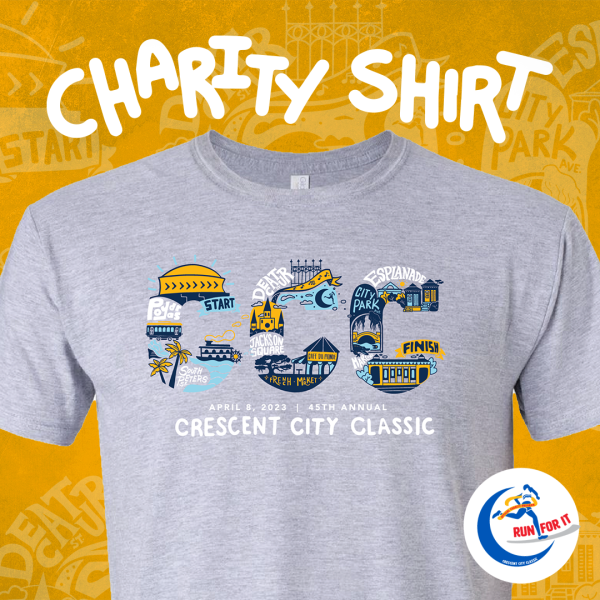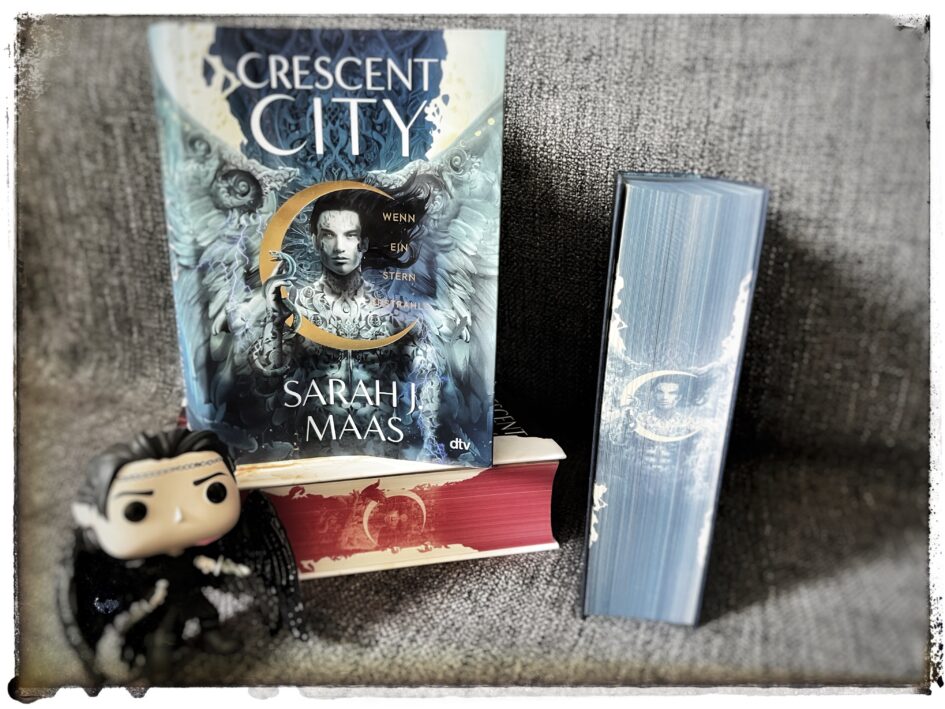Established in 1979, the Crescent City Classic has grown into one of the premier annual road races in the United States, attracting thousands of participants and spectators to the vibrant streets of New Orleans. However, its significance extends far beyond athletic competition; the event has become a vital source of funding for local charities. In 2025, the impact of the Crescent City Classic on local charities was particularly profound, as the race not only provided financial support but also fostered community engagement and awareness for various causes. This article explores the multifaceted impact of the Crescent City Classic on local charities in 2025.
The Foundation of the Crescent City Classic

The Crescent City Classic is more than just a race; it symbolizes the spirit of New Orleans. Each year, participants of all ages and skill levels converge on the city to take part in the 10-kilometer run. The event is characterized by its festive atmosphere, complete with live music, local food vendors, and a vibrant post-race celebration. However, the most significant aspect of the race is its charitable component.
Since its inception, the Crescent City Classic has partnered with various local charities, allowing participants to raise funds for causes they are passionate about. In 2025, the event raised a remarkable $1.5 million, benefiting more than 40 local nonprofit organizations across a range of sectors, including education, health care, and social services.
Financial Support for Local Nonprofits
One of the most direct impacts of the Crescent City Classic on local charities is the financial support it provides. In 2025, the race implemented several strategies to enhance fundraising efforts:
- Charity Registration Program: Participants could choose to run for a specific charity, with a portion of their registration fees directly supporting that organization. This approach incentivized runners to raise funds through their networks.
- Corporate Sponsorships: Local businesses were encouraged to sponsor runners and teams, further amplifying the fundraising potential. Many companies matched employee contributions, effectively doubling the impact.
- Virtual Participation Options: The introduction of a virtual race option allowed even those unable to attend in person to participate and fundraise for their chosen charities, broadening the reach and inclusivity of the event.
These strategies led to a diverse array of charities benefiting from the race. For example, the New Orleans Education Fund received over $250,000, which was used to support literacy programs in underserved schools. Similarly, the Louisiana Bucket Brigade, focused on environmental justice, benefited from $150,000, which funded community outreach and educational initiatives.
Community Engagement and Awareness
Beyond financial contributions, the Crescent City Classic plays a crucial role in raising awareness for local charities. The race serves as a platform for organizations to showcase their missions and connect with the community. In 2025, several initiatives were implemented to enhance this aspect:
- Charity Booths: The race expo featured booths for participating charities, providing them with a space to share information and engage with potential supporters. This direct interaction helped individuals understand the impact of their contributions.
- Storytelling Campaigns: Many participating charities shared stories of individuals or families who benefited from their services, creating emotional connections that motivated runners and spectators to give.
- Social Media Engagement: Charities leveraged social media platforms to promote their involvement in the race, creating hashtags and challenges that encouraged community participation and sharing.
These efforts resulted in increased visibility for local charities. For instance, the New Orleans Women’s Shelter reported a 30% increase in volunteer applications following the race, a direct reflection of the heightened community awareness generated by the event.
Case Studies: Notable Charitable Impact

Several charities experienced significant growth and outreach due to their involvement in the Crescent City Classic in 2025. Here are a couple of notable examples:
The Second Harvest Food Bank

The Second Harvest Food Bank, which addresses food insecurity in the region, raised over $400,000 during the event. The organization used these funds to launch a new mobile pantry program, expanding its reach to underserved communities. As a direct result of the race, Second Harvest reported serving an additional 10,000 families in the following months.
The Animal Rescue New Orleans (ARNO)

Another beneficiary, ARNO, utilized the funds raised from the race to enhance its shelter facilities and expand its outreach programs for pet adoption. The organization reported a 50% increase in adoptions in the months following the event, attributed to the heightened visibility and community engagement generated by the race.
Challenges and Opportunities
While the Crescent City Classic has had a largely positive impact on local charities, it is essential to acknowledge some of the challenges faced in 2025. As the event continues to grow, so do the complexities associated with fundraising and community engagement:
- Increased Competition: With more nonprofits participating, the competition for funds can be fierce, necessitating innovative strategies to stand out.
- Economic Factors: Fluctuations in the economy may affect individual donations and corporate sponsorships, prompting charities to adapt their fundraising strategies.
- Event Sustainability: Ensuring the event remains environmentally sustainable and community-focused while scaling operations is a challenge that organizers must address.
Despite these challenges, the Crescent City Classic presents an array of opportunities for local charities to innovate and engage with the community. By fostering partnerships, leveraging technology, and embracing new fundraising models, nonprofits can continue to thrive alongside the event.
The Crescent City Classic in 2025 exemplified the profound impact that a community event can have on local charities. Through innovative fundraising strategies, enhanced community engagement, and the successful sharing of charitable missions, the race not only raised significant funds but also fostered a deeper connection between participants and local nonprofits. The case studies of organizations like the Second Harvest Food Bank and Animal Rescue New Orleans illustrate the tangible benefits of this partnership, showcasing how a sporting event can transform lives and communities.
As the Crescent City Classic continues to evolve, its role as a catalyst for charitable support and community engagement will undoubtedly remain vital. The lessons learned from 2025 will serve as a foundation for future endeavors, ensuring that the spirit of giving and collaboration endures in the heart of New Orleans.